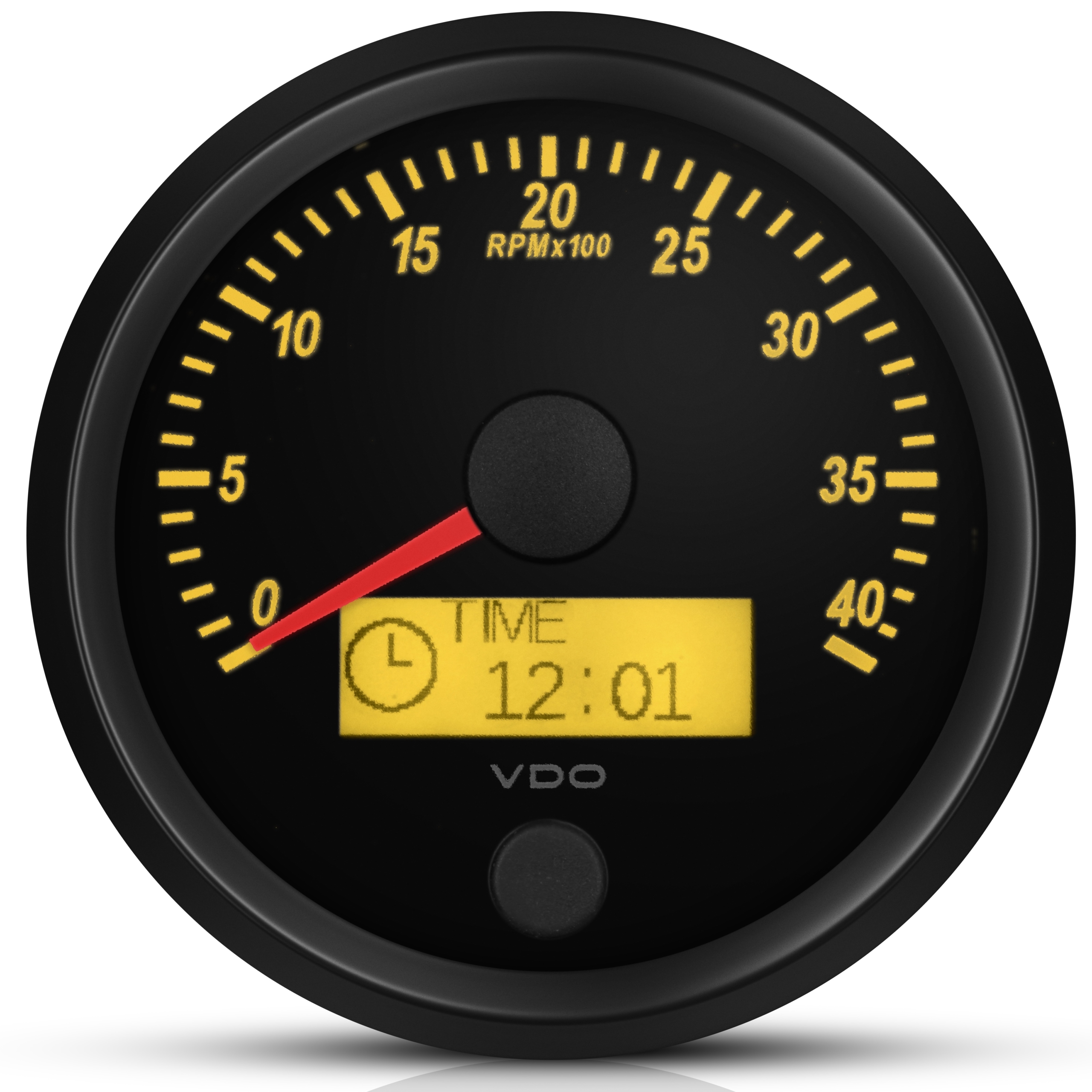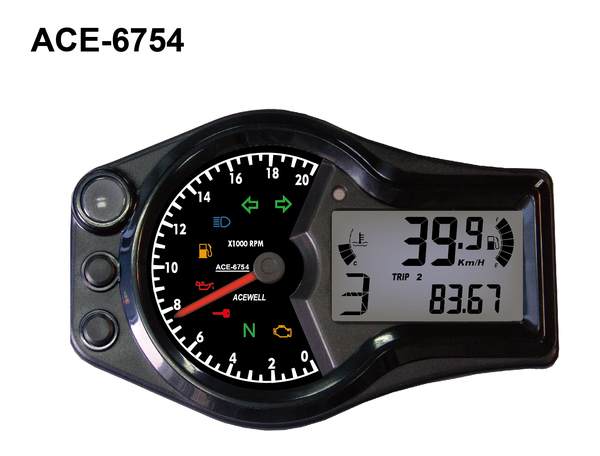How a Tachometer Helps Monitor Engine Wellness and Efficiency
How a Tachometer Helps Monitor Engine Wellness and Efficiency
Blog Article
Key Reasons Having a Tachometer Is Crucial for Keeping Engine Health and Effectiveness
This simple yet vital tool plays a critical function in the maintenance of an engine's health and performance. By giving real-time information on engine rate and RPM degrees, a tachometer supplies invaluable understandings that straight influence the efficiency and durability of the engine. Let's explore the key factors behind its crucial function in preserving engine health and efficiency.
Preventing Engine Over-Revving

To guard the engine from possible damage, it is crucial to carry out steps that prevent over-revving, a technique that can cause expensive repairs and lowered engine life expectancy. Over-revving happens when the engine's rotational rate exceeds the maximum restriction set by the manufacturer, creating unnecessary stress on inner elements such as pistons, shutoffs, and linking poles. This too much stress can cause mechanical failures, consisting of curved valves, harmed pistons, and even disastrous engine failure.
One reliable step to stop over-revving is the setup of a rev limiter. A rev limiter is a device that controls the maximum RPM (changes per minute) of the engine by either removing fuel circulation or spark to the engine when the pre-set limitation is gotten to. Furthermore, enlightening chauffeurs and drivers on the importance of checking engine RPM through the tachometer can assist prevent unexpected over-revving. Normal maintenance checks to make sure the engine remains in optimal problem can additionally aid in stopping over-revving incidents and extending the engine's life-span. By adopting these preventive procedures, the threat of engine damage because of over-revving can be dramatically reduced.
Optimizing Fuel Consumption
Efficient gas intake plays a crucial role in optimizing the efficiency and sustainability of an engine. tachometer. Maximizing gas intake not just aids in lowering functional prices yet additionally decreases the ecological influence of automobile discharges. By using a tachometer to keep an eye on engine rate and change driving practices appropriately, chauffeurs can achieve better gas performance
Maintaining a steady rate and staying clear of unexpected accelerations and decelerations can significantly boost gas economic climate. Furthermore, correct gear option based on the tachometer readings guarantees that the engine operates within its optimum array, causing much more efficient gas burning.
On a regular basis keeping an eye on the tachometer can also aid determine any type of inefficiencies or mechanical concerns that may be influencing gas consumption. An abrupt increase in gas usage without an equivalent modification in driving habits might indicate an issue that requires interest.
Surveillance Engine Health
Keeping an eye on engine wellness is like it essential for guaranteeing ideal efficiency and long life of the vehicle. By utilizing a tachometer to keep track of engine rate, motorists can detect irregularities that may indicate prospective problems with the engine. A tachometer supplies real-time information on engine changes per min (RPM), permitting vehicle drivers to recognize any unusual spikes or decrease in RPM that might indicate troubles such as misfires, damaged parts, or engine getting too hot.

On a regular basis checking engine wellness through using a tachometer enables drivers to address issues promptly prior to they rise and trigger considerable damage. Spotting a decline in RPM might indicate gas distribution issues or a clogged air filter, while an abrupt boost in RPM may aim to issues with the transmission or exhaust system. By remaining cautious and receptive to changes in engine efficiency, chauffeurs can prevent pricey repair work and ensure the total health and performance of their car.
Extending Engine Life Expectancy
Ensuring the long life of an engine requires attentive maintenance techniques and mindful surveillance of essential efficiency indicators. Expanding an engine's lifespan is vital for reducing general vehicle maintenance prices and avoiding unanticipated breakdowns. A tachometer plays a considerable duty in this aspect get more by supplying advice real-time information on engine speed, enabling vehicle drivers and auto mechanics to make enlightened decisions to stop extreme deterioration.

Additionally, regular upkeep based upon tachometer analyses, such as prompt oil adjustments and stimulate plug substitutes, can dramatically add to extending the engine's longevity. On the whole, including a tachometer into regular engine tracking methods is necessary for preserving the engine's health and wellness and effectiveness over the long-term.
Saving Cash on Services
To properly handle car maintenance costs and decrease unanticipated malfunctions, leveraging the insights provided by a tachometer can be crucial in conserving money on repairs. A tachometer aids in keeping an eye on the engine's RPM (transformations per minute), making it possible for motorists to operate within the advised variety. By staying within these optimum RPM levels, too much stress on the engine can be avoided, lowering the probability of expensive repairs because of overworking the engine (tachometer). In addition, a tachometer can inform drivers to possible issues such as engine misfires or falling short elements, permitting early treatment before these troubles intensify and bring about much more extensive-- and costly-- repairs.
Additionally, by utilizing the information from a tachometer to practice smooth acceleration and slowdown, vehicle drivers can prolong the life expectancy of their lorry's components, ultimately saving cash on upkeep and replacements. In general, the insights supplied by a tachometer encourage drivers to make informed decisions that can stop unneeded damage on the engine, leading to significant expense financial savings in the lengthy run.
Verdict
To conclude, a tachometer plays an essential function in preserving engine health and wellness and effectiveness by protecting against over-revving, maximizing gas intake, monitoring engine health, extending engine lifespan, and saving cash on repairs. It is an essential tool for ensuring that the engine operates within secure restrictions and executes at its ideal, inevitably adding to the long life and total efficiency of the car.
Report this page